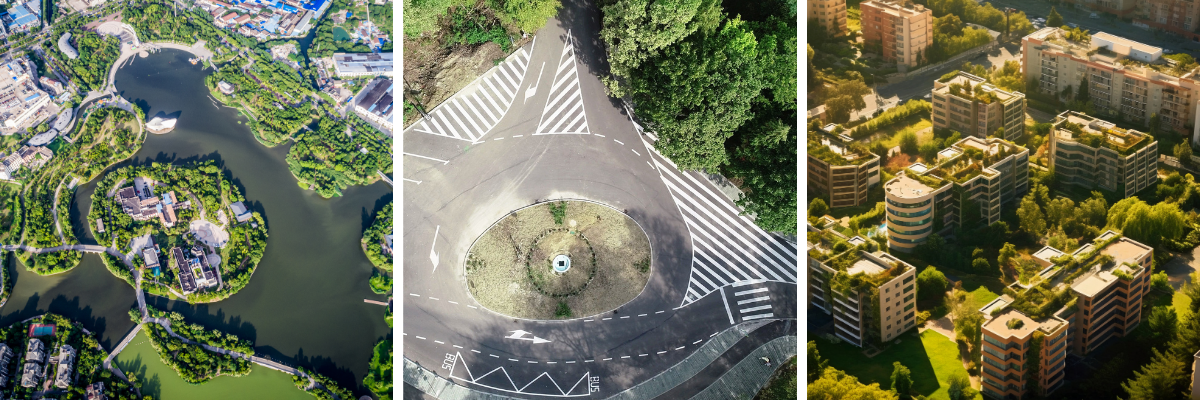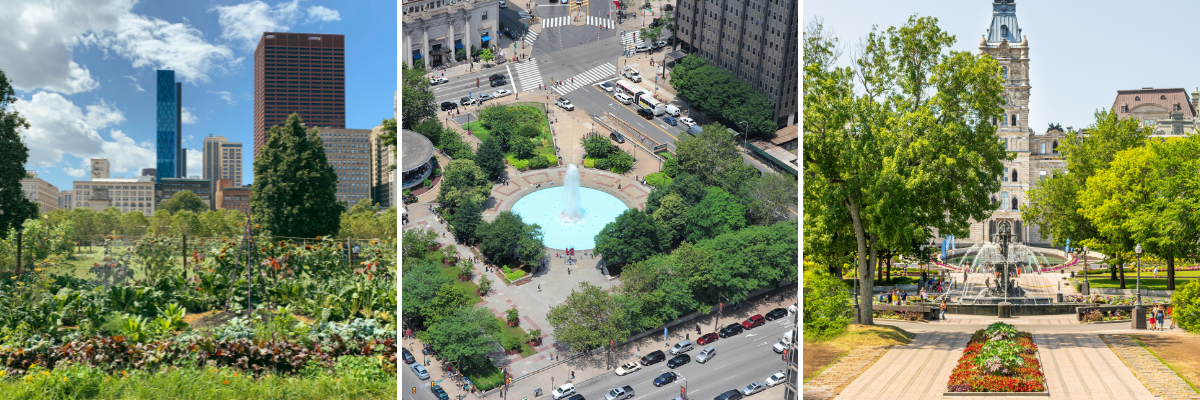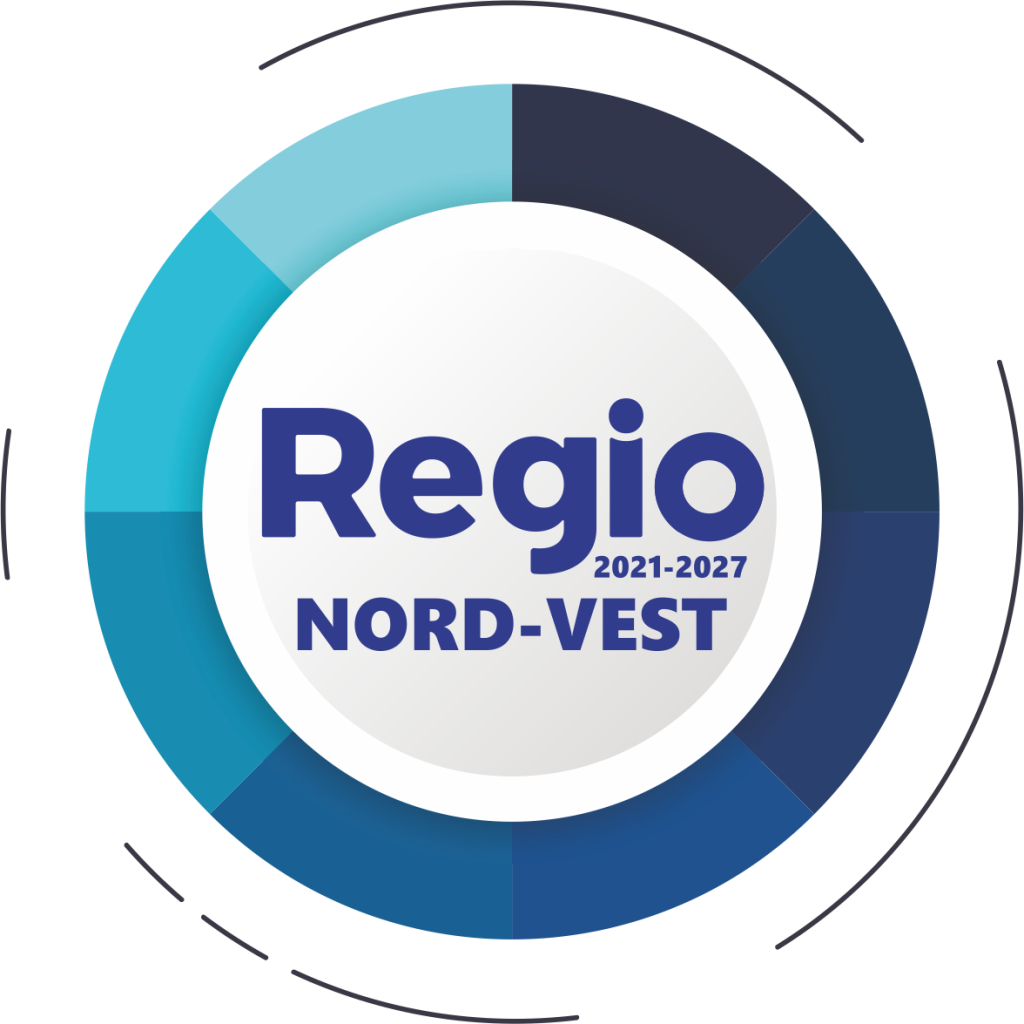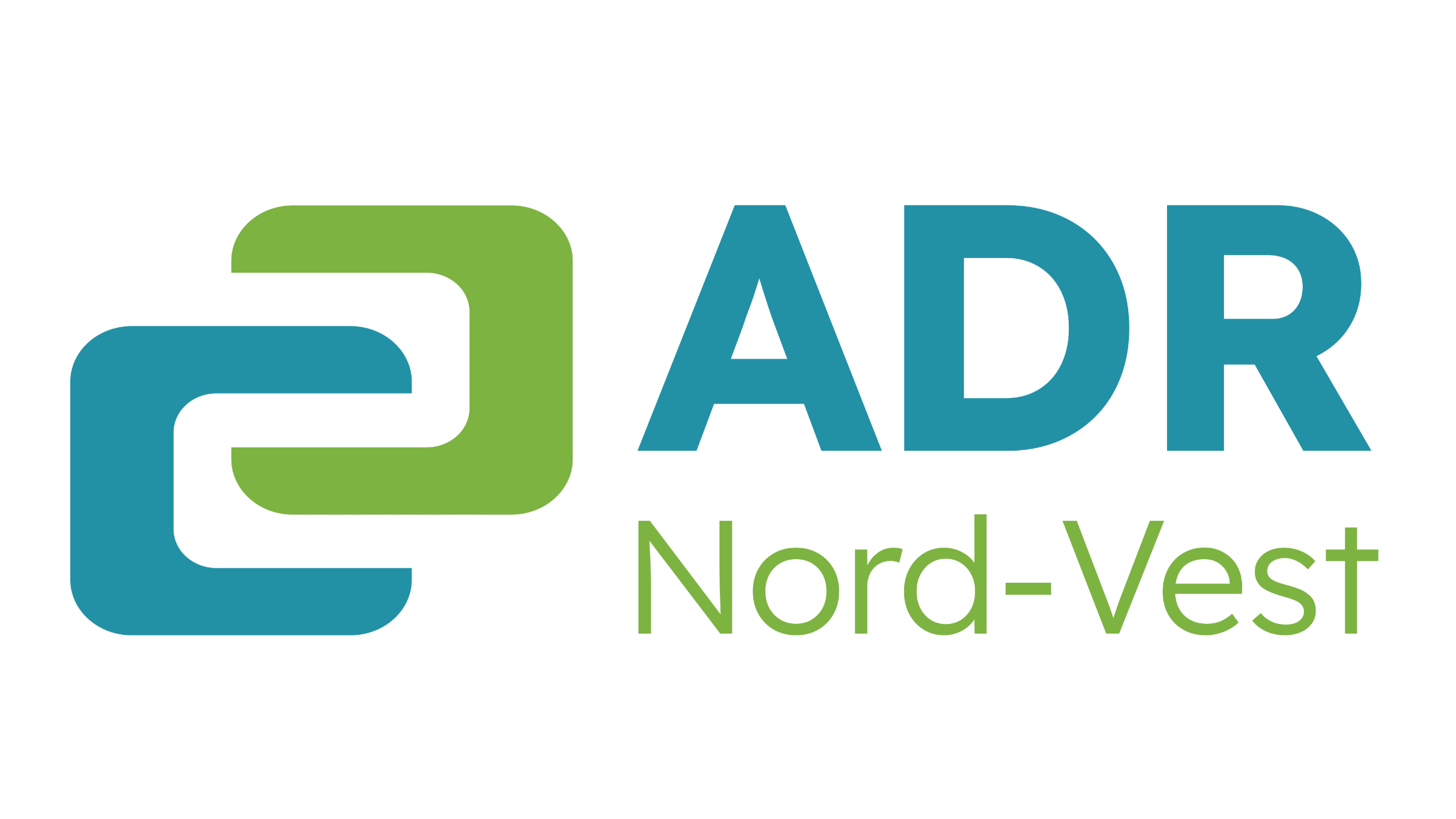The North-West Regional Development Agency, as the Managing Authority for the North-West Regional Program 2021-2027 (REGIO North-West), publishes today, July 25, 2023, the Applicant's Guide for the call for projects 714.B Urban regeneration and the security of public spaces.
The call for projects is competitive, and funding applications can be submitted through the MySMIS 2021/2021+ computer system during: August 31, 2023, 10:00 a.m. – February 29, 2024, 10:00 a.m.
Download – Applicant's Guide PRNV/2023/714.B/1 –Urban regeneration and the security of public spaces.
Through Specific Objective 5.1, action d) Urban regeneration and security of public spaces within the North-West Regional Program 2021-2027, projects are supported that will contribute to increasing the attractiveness of degraded urban public spaces and that require integrated urban regeneration interventions, contributing to the improvement of conditions citizens' lives.
The urban regeneration measures supported by this call will give priority to disadvantaged neighborhoods and communities, according to the needs assessment identified by the Integrated Urban Development Strategy (SIDU) 2021-2027.

Mandatory eligible activities proposed in the financing applications represent contractual obligations that will be monitored during the implementation of the project.
A. Integrated rehabilitation of public spaces, including the related technical-building infrastructure from the following areas: central areas; historical areas; public spaces inside collective housing complexes, respectively in blocks of flats or areas with condominium-type housing; from the area of bus stations and train stations, from port areas located within or on the border of urban settlements; cliffs, banks and islands of rivers and lakes within urban settlements; from the destructured peripheral residential areas, from the areas of run-down blocks and informal settlements in the urban environment. The regeneration of some unused public spaces is also supported, for purposes of agreement and leisure for the community.
Activity regarding integrated rehabilitation of public spaces, including technical-building infrastructure may include:
- the demolition of buildings located on the lands subject to interventions in an advanced state of degradation, which do not belong to the national cultural heritage;
- land sanitation activities (which do not necessarily involve the clearing of existing vegetation, with the maintenance of ecologically important trees), land modeling on the lands subject to interventions, etc.;
- the relocation, modernization and expansion of public utility networks (water, sewerage, electricity, telephone, etc.) that are located in the body of the land object of the investment;
- building/extending/modernizing/rehabilitating parks, squares, public gardens, other areas with green spaces, including the "greening" of concrete surfaces (streets, alleys) and restoring the aesthetics of the landscape, especially in neighborhoods/areas with an acute lack of green spaces, including of small sports and recreational facilities (sports fields, playgrounds for children, etc.), rehabilitation of public monuments, etc.;
- the redevelopment of urban spaces in residential areas and the creation of facilities for rest, relaxation and recreation on the developed lands (e.g. specially developed spaces for sports, playgrounds for children, etc.);
- realization/expansion of irrigation systems for the green spaces arranged by the project;
- construction/rehabilitation/modernization of sidewalks, tracks for cyclists (including non-motorized movement monitoring systems), pedestrian alleys, access roads;
- building/expanding/modernizing/rehabilitating pedestrian areas, including by transforming some urban streets into pedestrian areas.
B. Investments to rehabilitate the envelopes of buildings located in central/historic squares, respectively of the building's perimeter closing constructive assembly, composed of facades and covering system, including functional exterior and architectural plastic elements, as the case may be, with minimal interventions to strengthen them, if necessary. In accordance with Art. 6 para. (1) from Law no. 153/2011, the following categories of works are eligible:
-
- consolidation works, repair/restoration of masonry/external walls;
- repair/restoration works of exterior finishes, such as plastering, painting, painting, plywood and the like;
- work to consolidate and/or repair/restore the covering system;
- replacement work, repair/restoration of external carpentry and functional external elements, such as balconies, loggias, bay windows, attics, cornices and the like.
C. Investments to rehabilitate buildings located in central/historic squares, respectively of the building's perimeter closing constructive assembly, composed of facades and covering system, including functional exterior and architectural plastic elements, as the case may be, with minimal interventions to strengthen them, if necessary.
In accordance with Art. 6 para. (1) from Law no. 153/2011, , the following categories of work are eligible:
a) consolidation works, repair/restoration of masonry/external walls;
b) repair/restoration works of exterior finishes, such as plastering, painting, painting, plywood and the like;
c) consolidation and/or repair/restoration works of the covering system;
d) works to replace, repair/restore the exterior carpentry and functional exterior elements, such as balconies, loggias, bay windows, attics, cornices and the like;
e) repair/restoration works of architectural plastic elements, such as belts, frames, bosses, profiles and the like;
f) dismantling works of the installations and equipment apparently mounted on the facades/roof, as well as their reassembly after the intervention works have been carried out.
Together with the works provided for in para. (1) of art. 6 of Law no. 153/2011, intervention works justified from a technical point of view by the project can be executed, as the case may be, such as:
g) repair/restoration works of the protective pavement of the building;
h) works to eliminate moisture, as well as to isolate the joints;
i) other works of this nature, as appropriate.
D. Construction/modernization/rehabilitation and provision of urban agri-food markets which are territorially integrated within urban public spaces that require regeneration, according to SIDU 2021-2027.
Projects for which at least one of the following conditions are met are not eligible:
- the object of the project consists exclusively in carrying out construction works, without endowment;
- the object of the project concerns only investments in intangible assets;
E. Investments to ensure the security of public spaces (eg: proper lighting of public spaces, video monitoring systems, etc.), as part of integrated urban regeneration projects.
The following are eligible:
- The construction/extension/modernization/rehabilitation of video surveillance systems by installing video surveillance systems of the spaces designed by the project, traffic monitoring systems and equipping the related dispatch rooms, in compliance with the legal provisions in force;
- Construction/expansion/modernization/rehabilitation of the public lighting system in the area subject to intervention by the project.
Eligible related activities
- rehabilitation/modernization of urban streets, the carriageway, including the relocation of parking lots
The expenses from the basic investment related to the activity rehabilitation/modernization of urban streets, the carriageway, defined according to OG 43/1997, which ensures access to the area subject to interventions by the project, as well as the relocation of parking lots can represent a maximum of 15% of the total eligible expenses of the project (if they are the only related investments in the project). The surface and length of the rehabilitated and modernized roadway cannot exceed the surface and length of the original roadway in the area subject to project interventions. Also, the number of relocated parking spaces cannot exceed the original number of parking spaces in the area subject to project interventions.
- the relocation, modernization and expansion of public utility networks (water, sewerage, electricity, telephone, etc.) that are located in the body of the roadway and parking lots that are the object of the investment
The expenses from the basic investment related to the activity the relocation, modernization and expansion of public utility networks (water, sewerage, electricity, telephone, etc.) that are located in the body of the roadway and parking lots that are the object of the investment they can represent a maximum of 15% of the total eligible expenses of the project (if they are the only related investments in the project).

The North-West Regional Program 2021-2027 proposes interventions for the development of research, development, innovation and digitization capacity, increasing the energy performance of the existing public and residential building fund, capitalizing on degraded spaces at the city level, sustainable urban mobility, investments in the network of county roads and in the educational infrastructure, as well as actions to capitalize on the cultural, touristic and spa potential.
In the financial year 2021-2027, public authorities and institutions, the business environment, the academic and research environment and NGOs can obtain funding.
The Northwest Regional Program benefits from a total allocation of 1,437,252,471 euros.
- Priority 1: A competitive region through innovation, digitization and dynamic enterprises - total value: 327,904,956 euros
- Priority 2: A region with smart localities - total value: 60,332,872 euros
- Priority 3: A region with environmentally friendly localities - total value: 210,666,112 euros
- Priority 4: A region with sustainable multimodal urban mobility – total value: 305,155,751 euros
- Priority 5: An accessible region - total value: 184,978,708 euros
- Priority 6: An educated region - total value: 77,386,100 euros
- Priority 7: An attractive region - total value: 210,363,134 euros
- Technical assistance – total value: 60,464,838 euros
More information about the Northwest Regional Program for 2021-2027 is available here, and the program can be consulted here.


